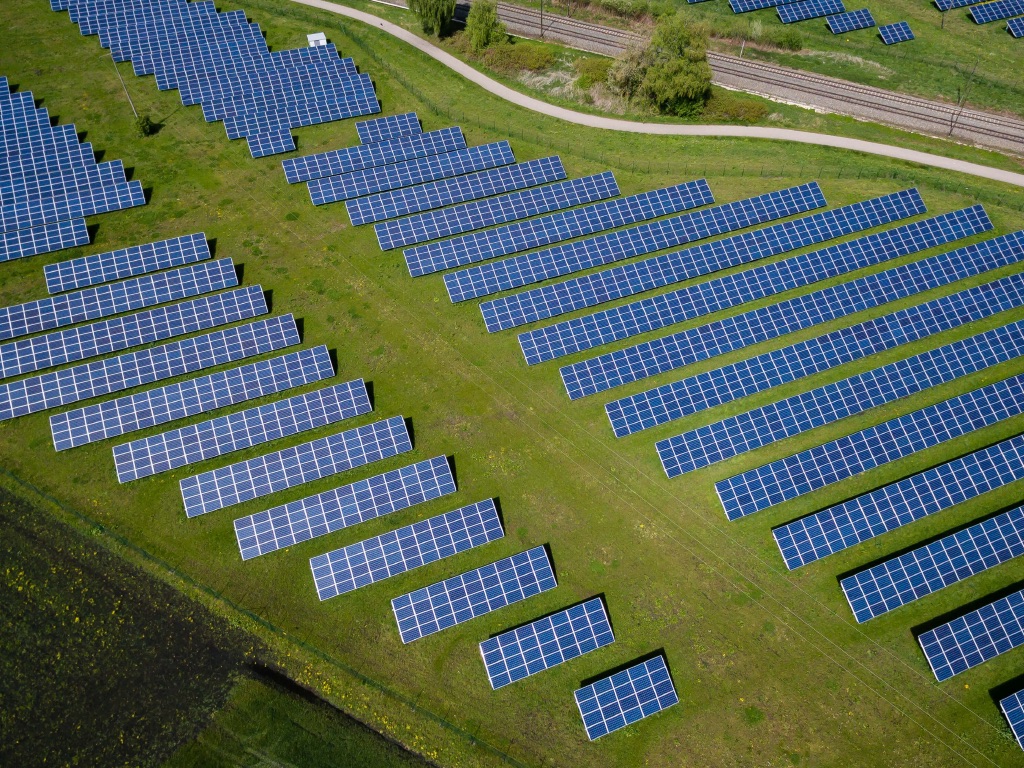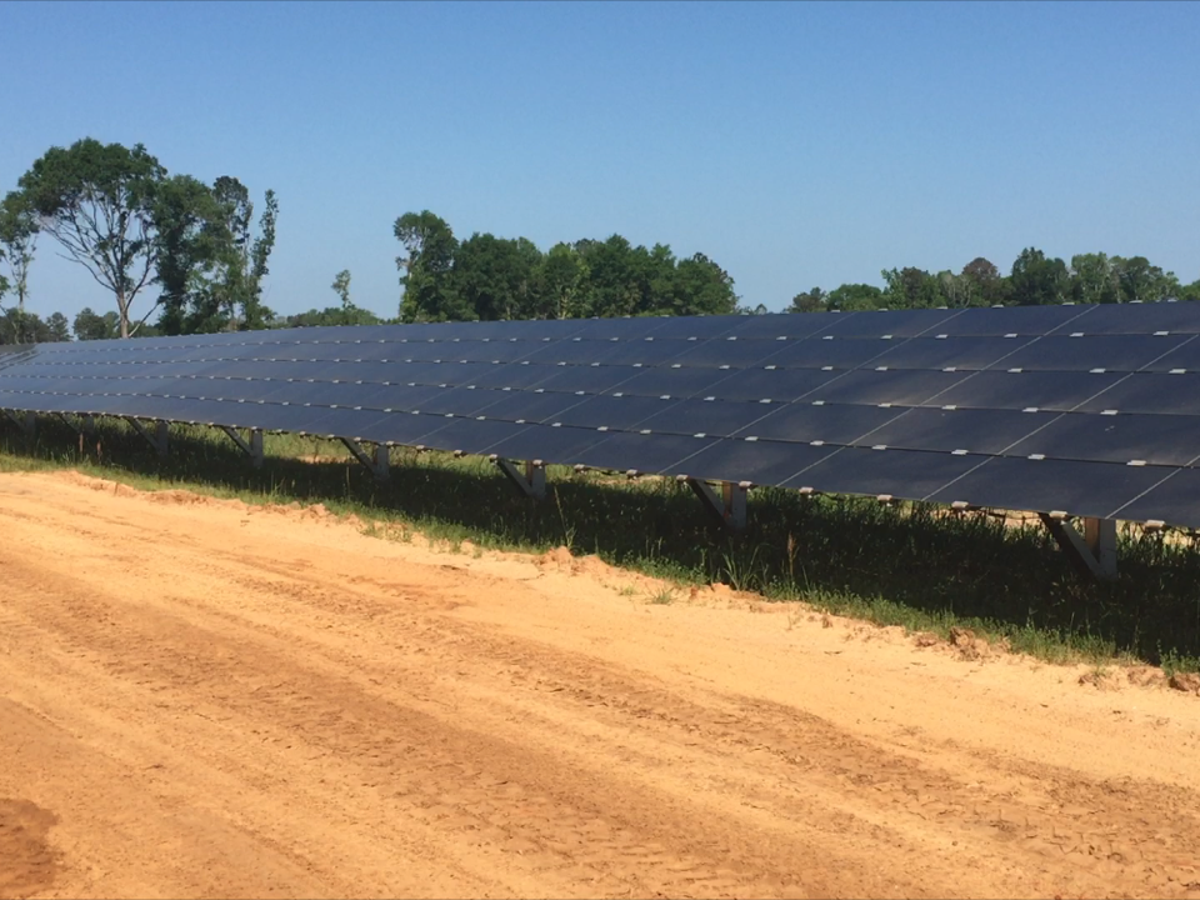When a property catches the attention of a solar developer they will usually send out a surveyor to determine whether or not the property meets certain.
Solar farm lease rate minnesota.
Your lease may preclude you from signing an oil and gas lease farmland rental timber agreements or other leases agreements.
The short answer is it depends but solar lease rates also called rents typically range from 250 to 2 000 per acre per year this article looks at the factors that influence the rates a solar developer may offer for your land.
Restriction of future leases.
The amount of land desirable for a lease typically ranges from 10.
Solar developers are contacting farmers and landowners to secure long term land leases.
Since agricultural land is a prime target for developers.
In addition solar is a clean renewable source of electricity that can help reduce our dependence on polluting fossil fuels protecting our health and the environment.
The solar arrays typically have a 20 to 25 year lease says colleen hollinger public relations and business development for minnesota based prairie restorations.
The state of new york currently has a high demand for sites to install large scale solar electric systems.
Solar delivers a number of benefits including lease income for the host landowner the creation of local jobs during the construction and ongoing maintenance of a project.
Determining the value of a solar farm lease rates usually comes down to a two step process consisting of an evaluation of the land itself and the actual lease negotiation.
If you own land you would like to lease consider the installation of a solar farm.
The most commonly asked question by landowners regarding solar farms is how much can i lease my land for.
All of the examples below feature renewable energy and energy efficiency projects at minnesota farms and small businesses.
Solar leases are long term usually at least 20 years initially with an option to renew for another 20 to 25 years.
Even within states the variance of land prices can be large and mainly has nothing to do with solar farms but rather the more common uses of property.
A landowner who enters into a solar lease should expect to have solar panels on his or her farm for 40 to 50 years.
It should not be surprising then that there would be big differences in solar farm lease prices throughout the u s.
Installing a solar farm on farmland could cause the land to lose its current agricultural use value status since.
Farmers considering leasing acres for solar can positively impact native habitat because they can require that it s planted to a pollinator friendly standard.




























